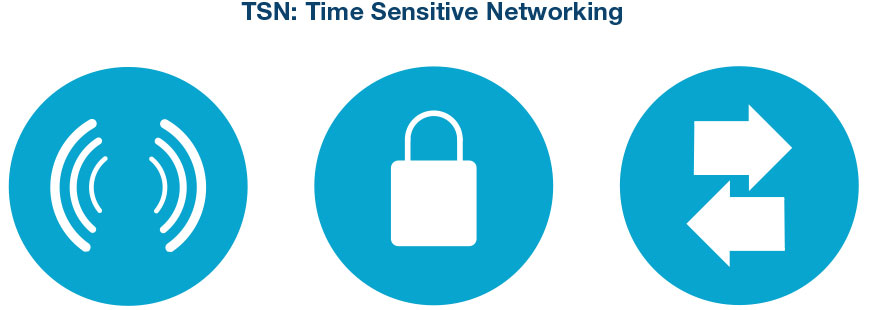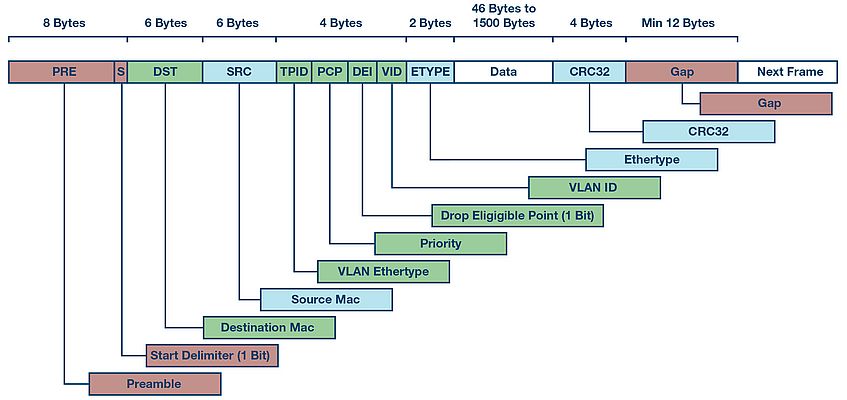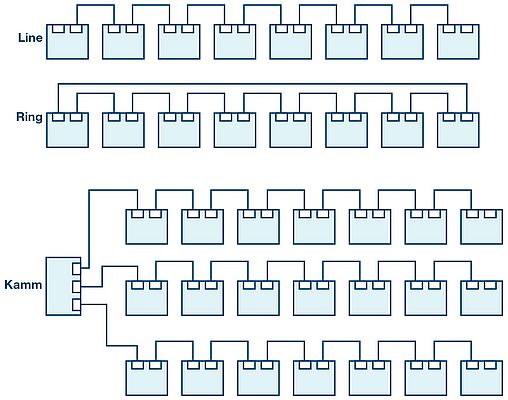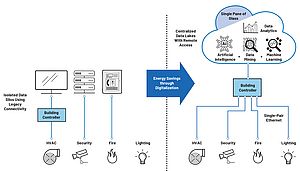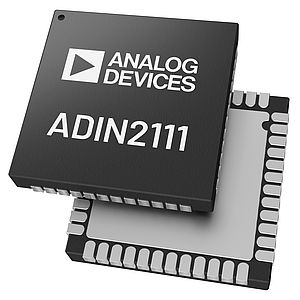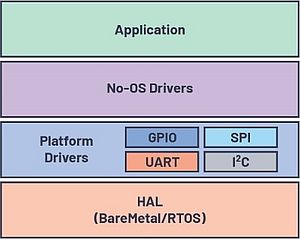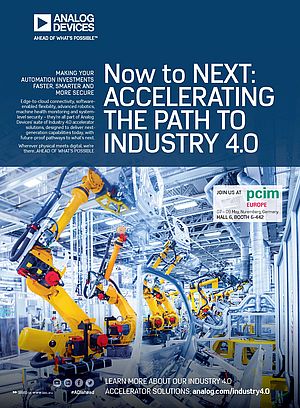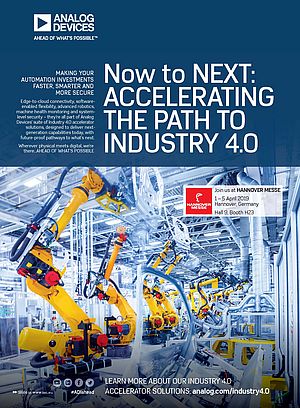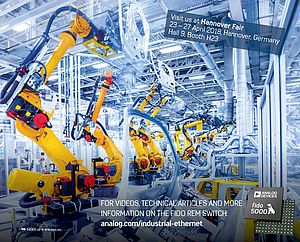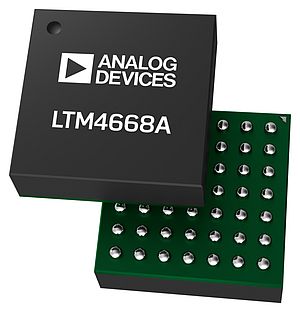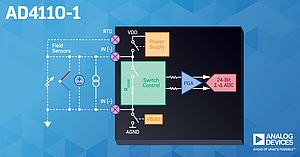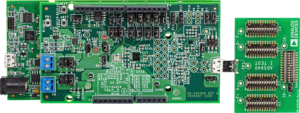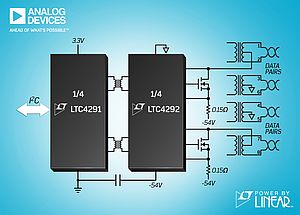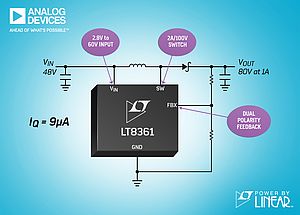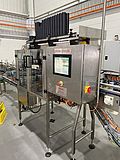The trend is clear: everybody is speaking about Industry 4.0. The ecosystem has changed, and people talk about IoT, Big Data, Machine Learning, Artificial Intelligence, Cyber Security… But why are companies really interested in these mega trends? Are there any guarantees of sustainability on the long term? With the right combination of technologies, you can get exponential improvements in productivity, efficiency and safety. Analytics and increased flexibility can help achieve these targets, but we need to find an ecosystem that will be also sustainable in 15 or even 20 years. In order to do that, a broader overview is needed.
Being active for 54 years, Analog Devices has decided to embrace the Fourth Industrial Revolution. The company sells over 45 thousand different products to more than 100 thousand customers and is now focusing on the development of solutions to accelerate the path to Industry 4.0. Among the benefits that Industry 4.0 promises to bring, there are big advances in edge-to-cloud computing, powerful analytics and increased flexibility.
Edge-to-cloud connectivity – so industrial Ethernet, TSN and Security – is an essential topic when it comes to Industry 4.0.
Today, customers expect to get a complete solution where communication and security problems are solved in the simplest and most efficient way. How has Analog Device addressed industrial communication’s more common issues? Tom Weingartner, Director of Embedded Networking Solutions and Volker Goller, System Applications, Deterministic Ethernet Technology Group at Analog Device helped us go into deep of this question.
Accelerating Industry 4.0 with TSN
Communication at an industrial level is becoming more complex as is moving to Industrial Ethernet and TSN, but security challenges are also thornier as much as we enter IIoT. That being said, Ethernet has been a real success and TSN is likely to extend this success story into automation. How? ‘’By bringing the promise of convergence with the front office and ubiquitous access to data. To this end, TSN accelerates Industry 4.0 by providing a series of important features to Industrial networking,’’ said Mr. Weingartner and Mr. Goller. These features are: Scalability, with a bandwidth from 10 Mbps to 1 Gbps (2.5 / 5 / 10 Gbps for network infrastructure), and network size from tens of infrastructure devices to hundreds of connected devices; Convergence by blending of existing non-scheduled technologies and products within a new, deterministic technologies, and managing low priority or interfering traffic to ensure on-time delivery of high priority traffic; Security, by protecting the integrity and availability of data, and testing and validating architectures; Increased performance, thanks to the ability to support from human response times to hundreds of axes of motion (drives); Flexible Topologies (Ring, line, star, redundant star to address physical constraints); Low/Bounded Latency supporting <1ms for motion.
At the same time, the convergence of different traffic types will be a major driver to accelerate Industry 4.0. ‘’Since today’s Ethernet switches do not have the ability to reserve resources for critical streams while providing the standard Ethernet traffic, TSN streams will be configured in the factory for each switch so the latency is bounded, and bandwidth isn’t exceeded’’ explained Mr. Weingartner and Mr. Goller. This means that data is sent to critical factory equipment only when it’s needed, without getting lost, and the efficiency of the factory or of a single process can be optimized thanks to this beneficial flow of shared data.
The status of TSN in automation
It is clear then that automation can benefit a lot from this communication environment, and we can imagine integrating new sensors, devices, and controllers and developing new applications faster and more cost-effectively. Already largely published, TSN is a set of specifications from IEEE that can be applied to all markets, not only automation. To bring TSN into automation, IEEE and IEC formed a joint working group called IEEE/IEC 60802, which is working on an “Industrial Profile” for automation and is planning to have the automation profile for TSN completed by 2021.
Consortia like PI, ODVA, ETG and SERCOS are looking for ways to utilize the power of TSN for their protocols and applications. ‘’For example, PI is planning to release a TSN-based PROFINET specification in June this year. At the same time an industry consortium is working on a future protocol based on TSN and OPC UA. This new protocol, dubbed OPC UA FLC (Field Level Communication), is set to enhance existing protocols over time,’’ said Mr. Weingartner and Mr. Goller.
TSN and network synchronization
What’s also interesting is that TSN will synchronize your network up to the switch. Getting synchronization all the way through the communication stack – through the motion control stack and the physical driver – is strictly relevant. Going into detail, TSN defines a new profile of the IEEE1588v2 time synchronization protocol called IEEE 802.1AS-REV. ‘’This time synchronization protocol makes it possible for each device to know when it can place data on the network. By coordinating this action, network cycle times can be established to accurately coordinate transport of data across many different machines on the network. It is then possible for a machine to synchronize the processing of data to the data on the network. This type of network synchronization is called “isochronous” and eliminates sampling artifacts such as data aliasing,’’ illustrated Mr. Weingartner and Mr. Goller.
For the first time in history, the physical world is involved, and the edge of the network is the real world. Before, traditional fieldbuses or analog communication (such as 4..20 mA), that require complex gateways, were needed to cover the “last mile”. ‘’Moving forward, it will be possible to connect Ethernet based communication solutions directly to measurement and actuation solutions. Such access to the physical world will provide the means to create next generation systems that are more efficient and adaptable to the processes to understand and control it,’’ said Mr. Weingartner and Mr. Goller.
Network synchronization through TSN makes it possible to imprint a common sense of time on automation systems and ensure a good and constant flow of data, that reaches their destination with no delay. TSN is the natural extension to Ethernet and provides harmonization and scalability which means increased interoperability and availability of data, more flexibility, and even more secure networks in the future. Some of reasons why Analog Device decided to choose to integrate TSN into its portfolio of Industrial Ethernet products.
Sara Ibrahim


